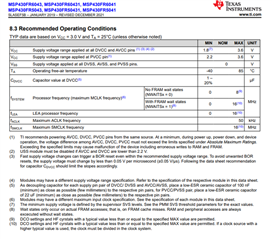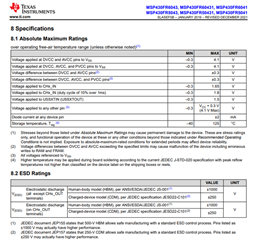To whom it may concern
Two "EVM430-FR6047" were used to measure the transducer-to-transducer length of the same pipe.
The settings were written with exactly the same parameters by clicking "Request Update".
However, the results are 8.609 cm for ①and 8.430 cm for ②, a difference of about 0.2 cm. Is this a normal value? Is this amount of error possible for each microcontroller?
Or is there some other cause?
Best regards




